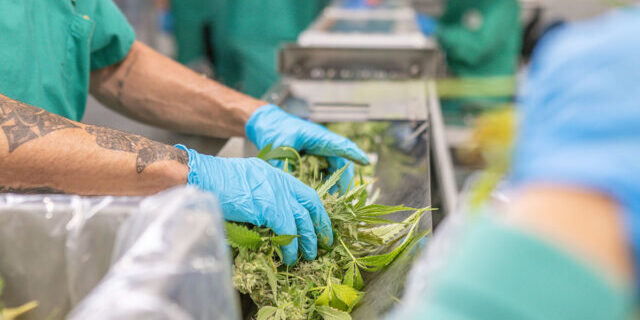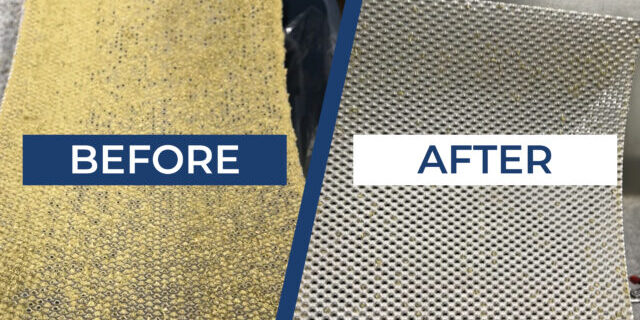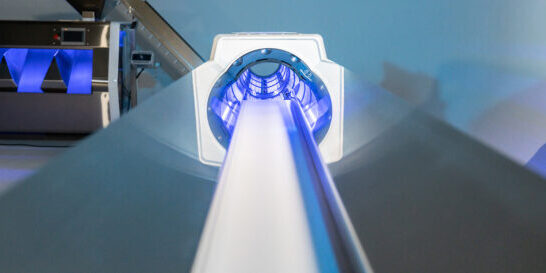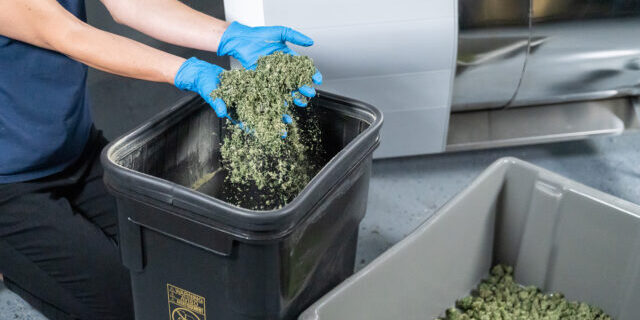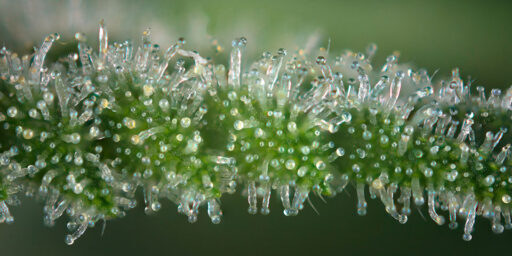Cannabis Cultivation Facility Design
The cannabis industry is growing at a phenomenal rate. Much of this is attributed to global legalization and evolving industry standards. In fact, the revenue in this industry is expected to reach $444.34 billion by 2023.
However, for cultivators and processors to carve a space for themselves in this market, they first need to design the right cannabis cultivation facility. This also means implementing the correct processes and investing in the right equipment.
State-of-the-art cannabis cultivation facility design isn’t just about meeting demand. It’s about maintaining optimal cultivation practices, regulatory compliance, and efficient post-harvest processing. From harvesting to processing, the layout and design of your facility are critical for maximizing efficiency and maintaining product quality.
Understanding the Basics of Cannabis Cultivation Design
Cannabis cultivation facility design has evolved dramatically in recent years. Innovations in technology have introduced new opportunities to automate, enhance, and optimize every aspect of a facility. The results are greater product quality and enhanced operational efficiency for teams.
Rather than focusing exclusively on manual processes, innovators in the cannabis space are combining human effort and advanced machinery in all types of cultivation facilities.
Planning the Perfect Facility Design
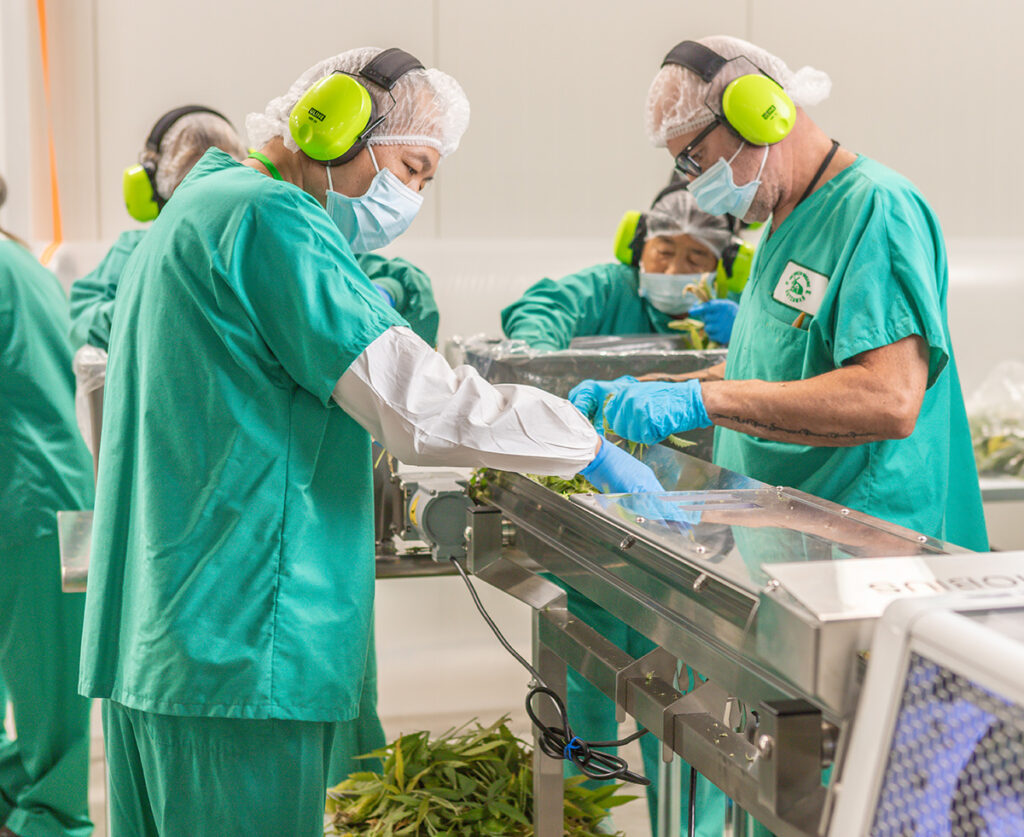
There are numerous stages involved in designing the ultimate cannabis cultivation facility. Cultivators need to consider everything from the environment and how employees will be positioned to climate control, lighting, and the integration of automated technologies.
A well-designed layout for a grow facility helps to reduce labor costs and maximize space utilization. It also minimizes the movement of materials and personnel for less risk. Integrating automation considerations into facility design from the outset ensures companies can scale their operations.
Efficient layouts incorporate designated areas for the different stages of cultivation and processing. Similarly, automation in post-harvesting processes, such as bud sorting, helps improve consistency in product quality and increase cultivators’ profit potential.
Other points to consider when planning a grow room design in the cannabis industry include:
Geographical Considerations
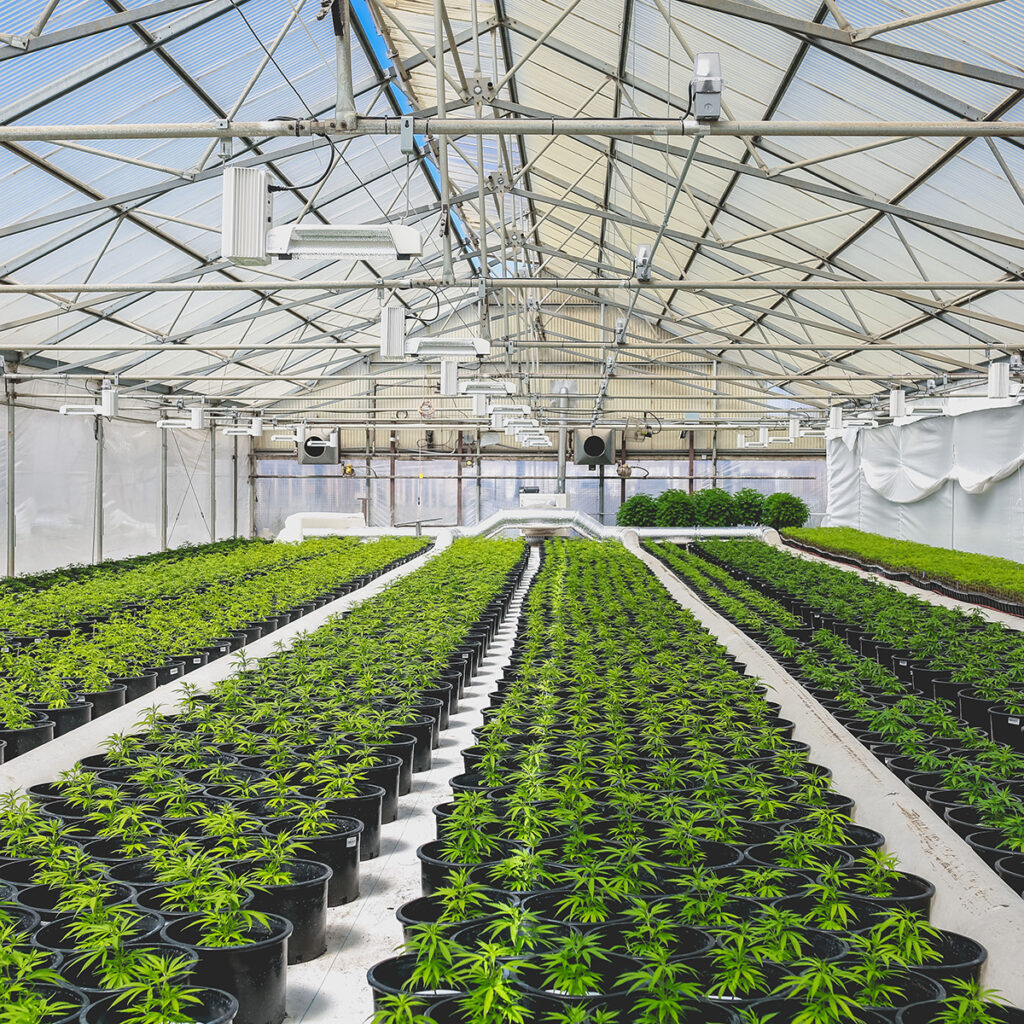
The location of a cultivation facility can impact various aspects of its operations. Climate and weather patterns determine the type of facility suited for the area.
Proximity to markets and suppliers is also essential to minimize transportation costs and maintain timely delivery of products and materials. Selecting a site with favorable geographical conditions can improve the facility’s overall efficiency and sustainability.
Zoning and Legal Compliance
Following local regulations and obtaining the necessary permits are necessary for facility planning. Compliance with zoning laws, security requirements, and privacy regulations helps you avoid legal issues so the facility operates within the law.
Effective planning impacts the performance and efficiency of your cannabis cultivation facility. Aside from taking geographical considerations, layout, and legal compliance into account, some of the key areas to focus on include:
Facility Design Considerations
The layout of your cannabis cultivation facility has a direct effect on your team’s team. The proximity of your grow room to your processing room helps maintain product quality and reduce transfer times. Ideally, processing rooms should be adjacent to, or easily accessible to grow rooms. This will reduce the risk of contamination and product degradation during transfer while streamlining workflows.
When designing a comprehensive cultivation facility, invest in an analysis of your organization’s seed-to-sale cycle. Examining the growth cycles of the cannabis strains you cultivate, the products you intend to produce and sell, the equipment you need, and how to organize your space will help you optimize your facility.
Financial Planning
The cost of building, operating, and maintaining any cannabis cultivation facility will vary based on a range of factors. Allocating sufficient funds to each area of your facility ensures you can access the right technology to increase scalability and profitability.
Consider the costs related to lighting, HVAC systems, humidity control, and other indoor cultivation equipment. Calculate how much of your budget will need to be distributed for high-end equipment and machine maintenance.
Think about the types of products you’ll be creating, and the equipment you’ll need to facilitate drying, curing, trimming, and packaging processes.
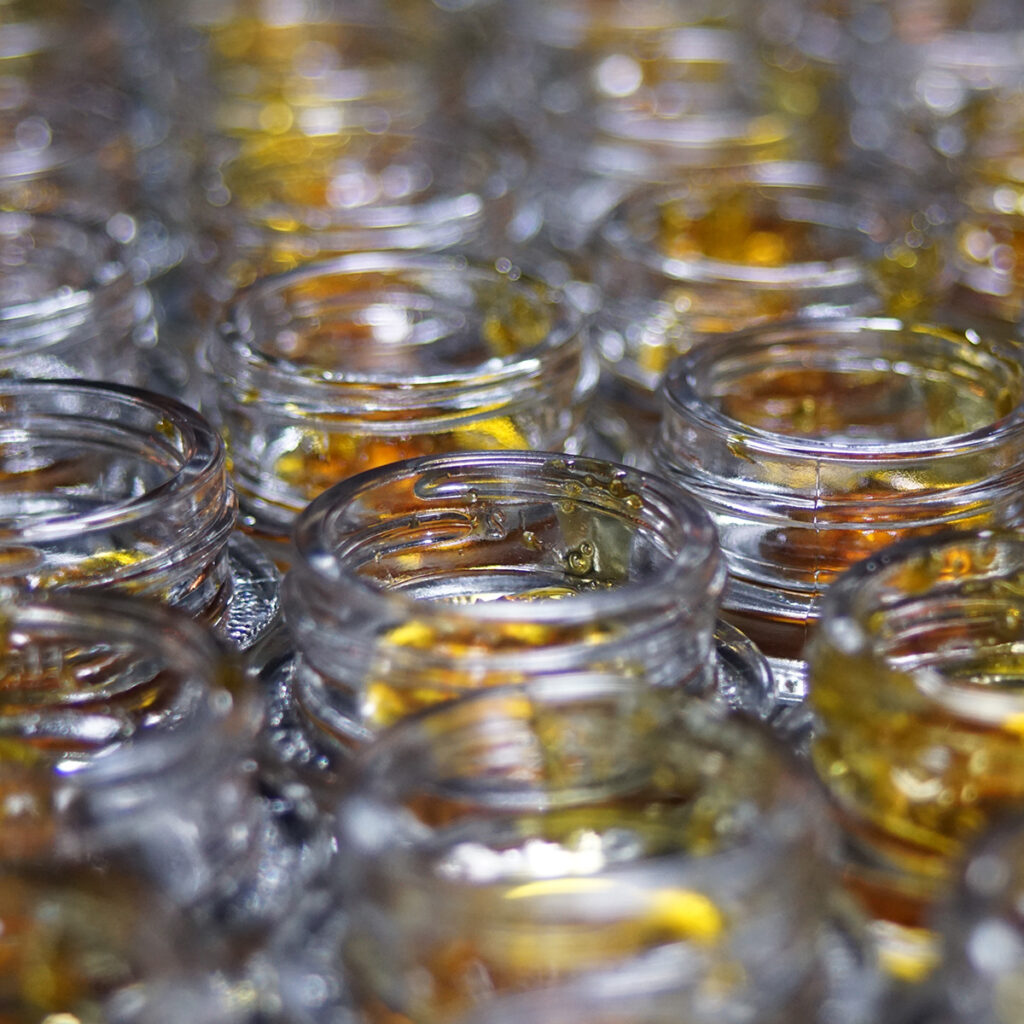
Product Planning
Ultimately, the types of cannabis products your facility will produce will have a direct impact on your cultivation facility design. Producing concentrates may require you to grow cannabis strains with high resin content. Meanwhile, edibles may prioritize strains with certain flavor profiles. This will influence which resources you’ll need to implement into your facility.
Preparing for Growth
Before designing the perfect facility for cannabis cultivation, conduct site assessments and feasibility studies. This will help evaluate the suitability of the location for a cultivator’s specific needs. Proper planning also protects you from costly facility modifications as you adapt and expand your business.
Focus on the following areas during your planning process:
- Flow and efficiency
- Expansion and automation
- Modularity and flexibility
- Energy efficiency
Key Facility Areas to Consider
Cannabis facility design for commercial cultivation requires a focus on various areas. The environment should support the lifecycle of the plant. It should also account for your team’s performance during harvesting and post-processing tasks.
Some areas to consider when choosing the right cultivation facility design include:
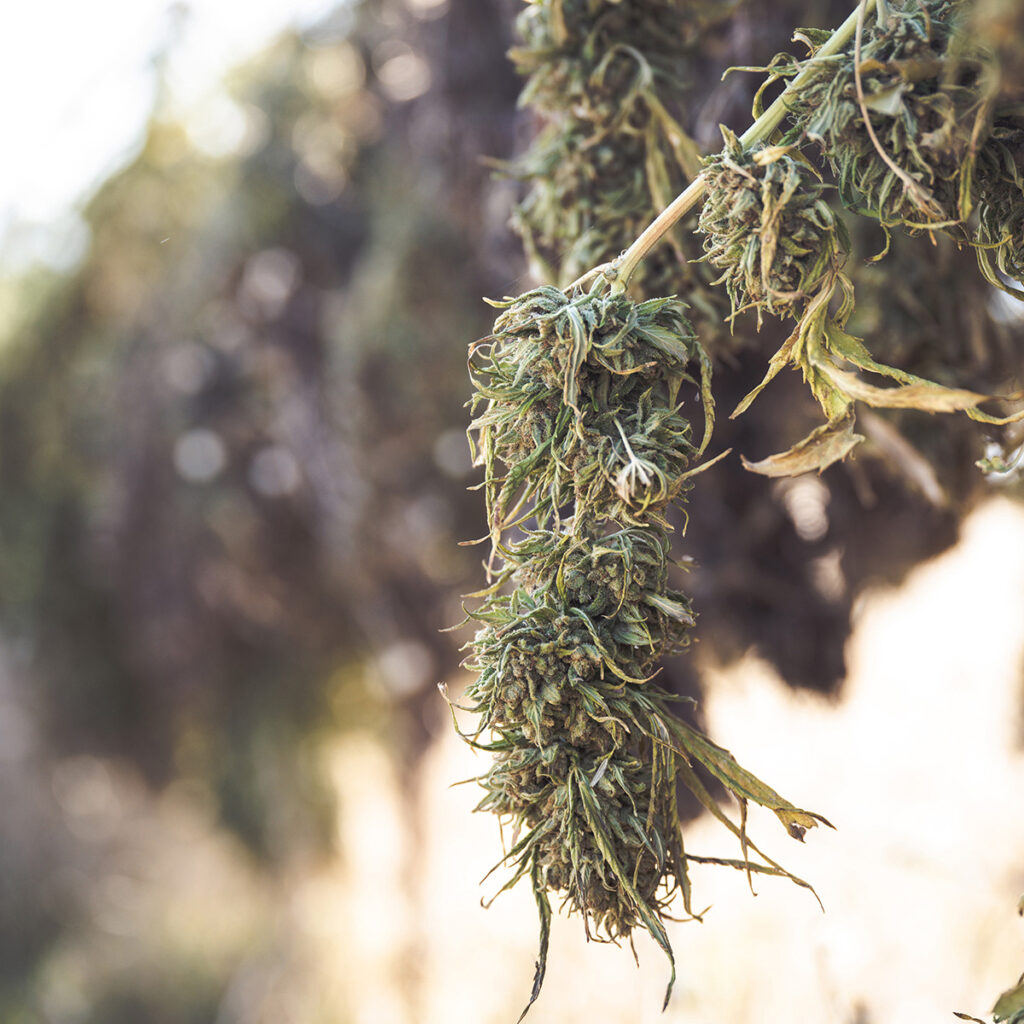
Drying and curing spaces:
Studies suggest effective curing can increase cannabinoid content by 2% to 3%. It also reduces the risk of damage to the potency and quality of the cannabis. Drying rooms should feature low humidity, and consistent temperatures of 60-70°F to retain terpenes and prevent mold.
Processing and Packaging Areas
Processing and packaging areas should be designed for efficiency. An ideal setup offers access to high-quality extraction equipment, buckers, and trimmers for each product.
Effective processing and packaging areas are equipped with stainless steel machines for easy sanitation. Automation systems also contribute to productivity and efficiency. Packaging areas should also allow for child-resistant packaging and accurate labeling of potency levels and other cannabinoids.
Storage and Distribution Zones
Storage and distribution zones preserve the cannabis products for delivery to dispensaries and customers. Storage areas need to be climate-controlled, with low humidity (55%-60%) and temperatures to prevent terpene degradation.
Designing the Optimal Facility Layout
Consider the stages of post-harvest processing you’ll need to accommodate: bucking, trimming, sorting, milling, and extraction.
Optimizing Processing Room Design
Strategic placement of equipment and automation will help streamline post-harvest processes. Teams can maintain a clean workflow and reduce the risk of contamination. Additionally, automated systems for trimming, sorting, and milling help increase your production scale. A thoughtful approach to facility design will account for these needs as well as power and ventilation.
Considerations When Designing the Processing Area
The processing area is one of the most valuable and dynamic sections of your cannabis facility. A mistake in the layout of your processing area can increase your risk of cross-contamination, product loss, and reduced product quality.
Here are some of the key things to keep in mind when you’re designing the ideal processing area.
The Flow of Material
How your cannabis plant materials flow through your processing area is key. After harvest, raw cannabis needs to move efficiently through the drying, trimming, and testing process before reaching the packaging stage. By positioning each processing stage close together, you can improve efficiency.
This involves separating areas for raw product handling from spaces for finished product storage and packaging.
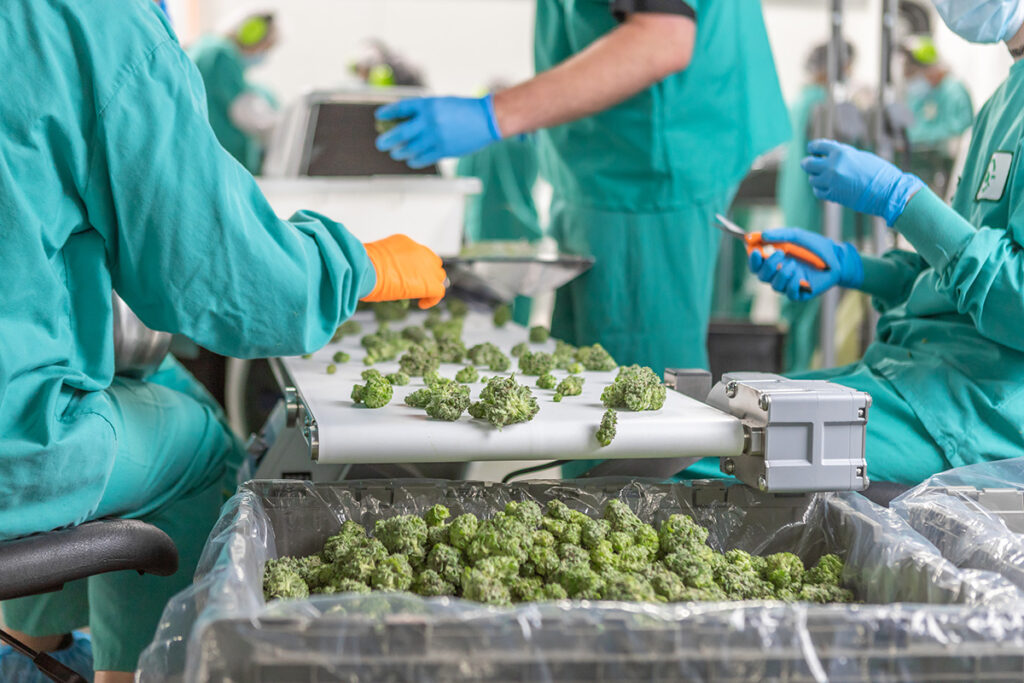
Equipment Footprint and Space Planning
The equipment needed for cannabis processing can vary dramatically depending on the types of products you want to create. Cultivators hoping to take advantage of the $95.3 billion cannabis extract market may need space for larger equipment, such as specialized freezers and RO water tanks.
Examine your equipment in comparison to the space you have available. Large equipment like extraction units, drying racks, or packaging machines can dominate the space. So, it’s important to plan for both current needs and future scalability.
Opting for modular equipment that can be added or upgraded as operations grow helps avoid costly redesigns later. Consider how many operators each machine requires to plan for ergonomic and safe working conditions.
Quality Control Integration
Quality control is essential for any cannabis cultivator to adhere to regulatory frameworks and preserve consumer trust. Throughout your processing area, designate specific QC (quality control) checkpoints at critical stages of processing, such as after trimming, extraction, and packaging. This will help employees identify potential issues early, reducing waste, regulatory risks, and quality issues.
In order to meet regulatory standards, your processing area must be designed for traceability. Each product batch should be accurately tracked. Data capture systems at QC checkpoints help teams to record results in real-time.
Operational Workflow and Staffing
The design of your cannabis processing area will depend heavily on the number of employees required to man each machine and manage each stage of the process. Sometimes, a well-planned layout can even help to streamline workflows—and reduce the number of staff needed—by optimizing processes and minimizing unnecessary movement.
Implement strategies to ensure the correct flow of personnel in your environment. Consider shift changes and workflow balance. Also, think about the specific needs of each employee in your team, not just in terms of machinery required, but also in terms of training and support.
Facility Case Studies
Choosing the Right Equipment for Automation
The right equipment for automating processes in your cultivation facility will vary based on the products you plan on selling, your budget, and other requirements. After you define which types of machines you need, assess potential vendors with a focus on the following factors:

- Scalability: Automation empowers cannabis cultivators to scale their operations at exceptional speed. The equipment you implement into your cultivation facility should be able to adapt to increases in demand. Opt for modular systems that can be expanded or upgraded, without disrupting existing operations.
- Compatibility: The equipment you select for process automation should be compatible with your current setup and any future systems you might adapt. This might mean you need to consider how well your equipment can connect to other hardware. Consider how well software systems interface with each other to enable end-to-end data management and environmental controls.
- Support: Reliable and consistent vendor support is essential to ensure you can make the most out of the technologies and equipment you purchase. Choose vendors with a proven track record in the cannabis industry. Examine their approach to offering training, maintenance services, and guidance.
Maximizing the ROI of your Automation Initiative
Choosing the correct equipment for your facility is an important first step towards ensuring you can optimize your operations and increase your profitability. However, there are a few other ways you can increase the return on your investment when implementing automation equipment, such as committing to:
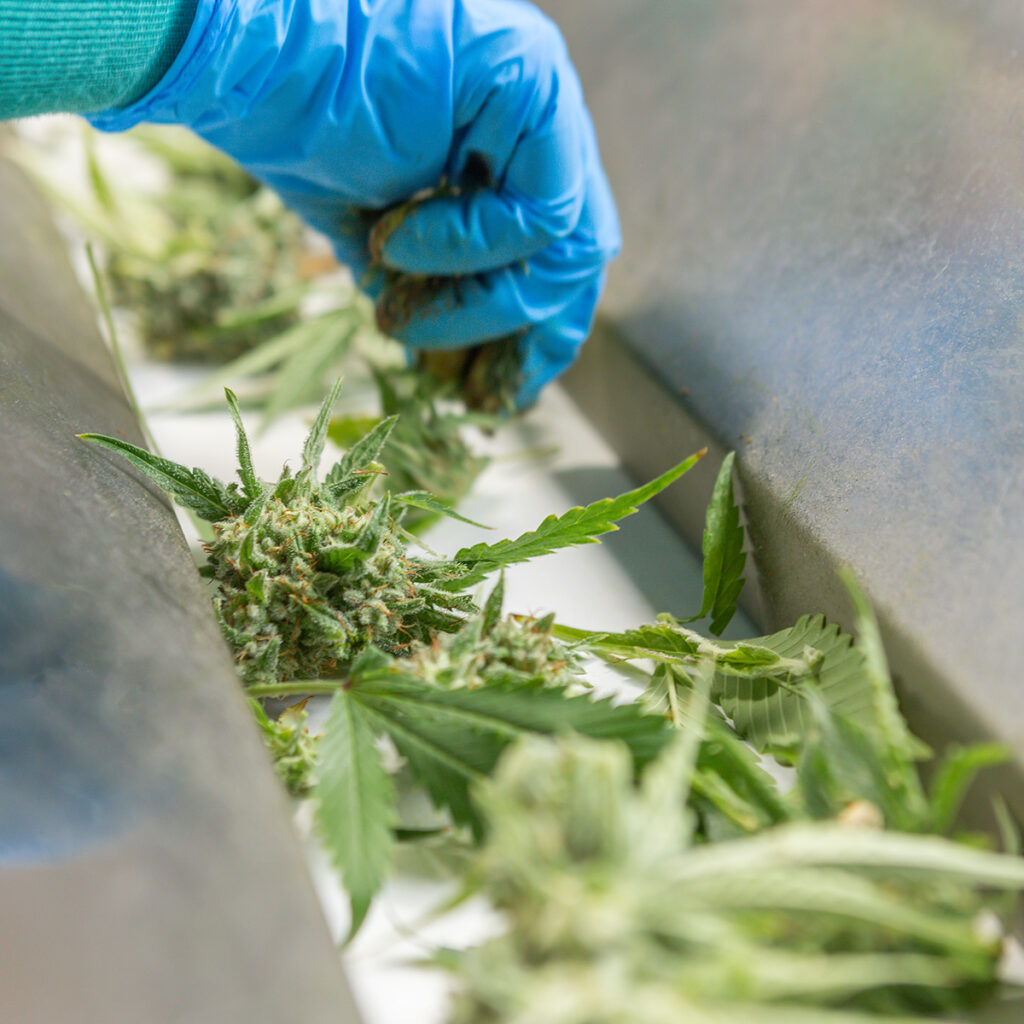
- Effective utilization: Ensure you’re fully using the capabilities of your automated equipment. Train staff to operate the machinery efficiently and make sure that the equipment is used consistently throughout production. Regularly scheduled maintenance and calibration are also important to keep the equipment running at peak performance.
- Monitoring performance: Implement strategies to track the performance of your automated equipment in real-time. Monitoring metrics, such as product quality, processing speed, and energy consumption, can help identify areas where the system is underperforming. This data is invaluable for making informed adjustments and improvements.
- Continuous improvement: Automating processes and optimizing your cannabis cultivation facility design shouldn’t be something you only do once. Continuously evaluate and refine your processes to extract maximum value from your automated systems. This includes staying updated on technological advancements and being open to upgrading equipment to improve productivity and reduce operational costs.
Security, Compliance, and Quality Assurance Considerations
One crucial, but often overlooked area to consider in cannabis cultivation facility design is security, compliance, and quality assurance.
Fencing, alarms, and surveillance systems, as well as access control solutions, can help reduce the risk of unauthorized people accessing your operations and products. Implementing cybersecurity protocols can also be useful for minimizing the risk of data theft.
However, on a broader level, cultivators also need to think about how they can ensure they stay compliant with local and industry standards.
Compliance and Sustainability
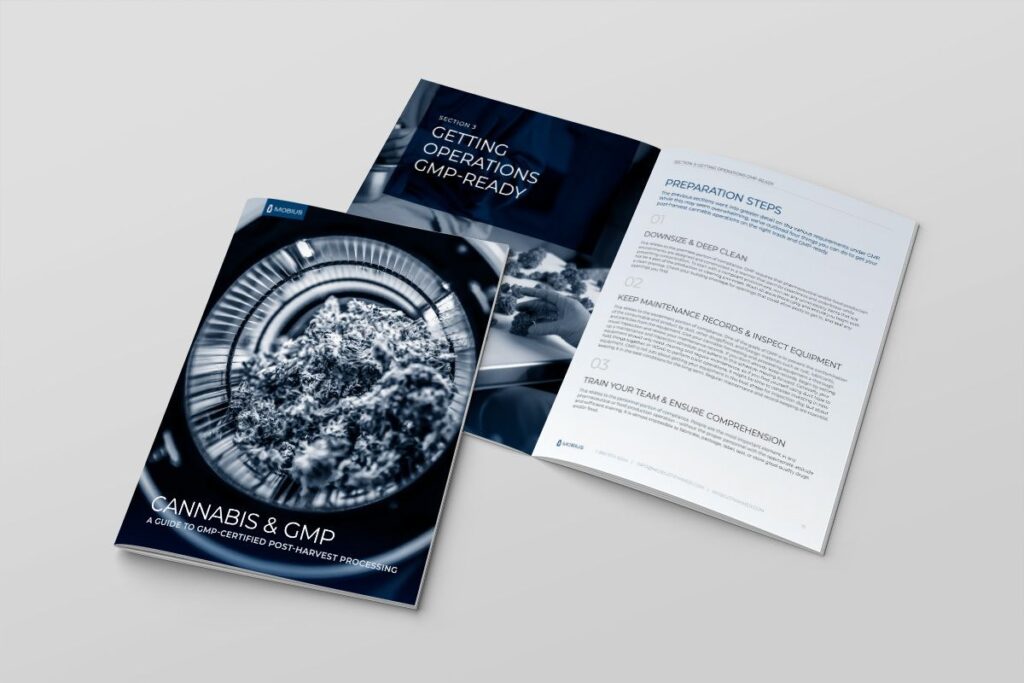
Each jurisdiction may have different regulations regarding cannabis cultivation to consider. In many regions, cannabis cultivators are expected to adhere to Good Manufacturing Practice (GMP) standards. This requires a careful and meticulous approach to regular equipment cleaning and quality assurance protocols.
Ensuring your facility adheres to quality assurance standards regarding equipment maintenance and employee safety is essential to protecting your brand’s reputation. More importantly, strong standard operating procedures (SOPs) for quality control will help to protect you from legal repercussions and potential lost customers.
Implement regular testing protocols and document practices to ensure you meet industry and customer expectations. Train your teams on how to operate within cannabis grow rooms and invest in machinery that can be easily disassembled and cleaned to adhere to regulations like GMP.
As an additional consideration, you may want to think about how you can make your indoor cultivation facility more sustainable. Options include finding ways to reduce energy consumption with LED grow lights and leveraging sustainable practices like using renewable energy resources.
Quick Tips for Cannabis Cultivation Facility Design
Here are some of our top tips for success:
- Improve proximity between grow and post-processing rooms: Keeping these areas close together minimizes the time and effort required to transport plants, reducing the risk of contamination.
- Budget effectively: Invest in technology for both plant growth and processing rooms to enhance efficiency and reduce long-term operational costs.
- Think long term: Plan for future product offerings, including solventless extracts and pre-rolls, to meet evolving market demands.
- Plan for compliance: Ensure compliance with state regulations and GMP by training staff and following strict cleaning and safety protocols.
- Utilize automation: Automation in trimming and processing can boost efficiency and help you scale your operations while reducing risks and overhead costs.
Mastering Cannabis Cultivation Facility Design
Effective cannabis cultivation facility design helps maximize efficiency, product quality, and regulatory compliance. Everything from the layout of your facility to the training you give your employees and the machinery you use affects your company’s success.
At Mobius, we offer the technology and guidance cultivators need to equip their facilities for success. We offer a free design consultation service to help you identify the best ways to optimize your facility design.
Contact us today for help creating the best cannabis facility.
